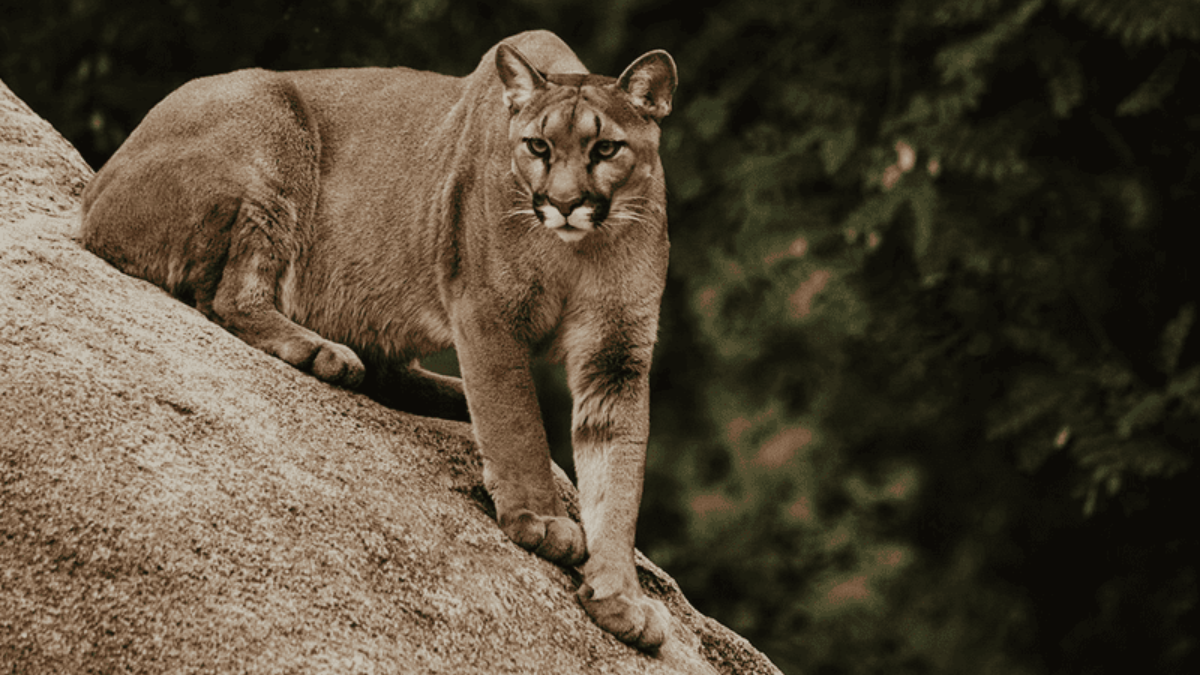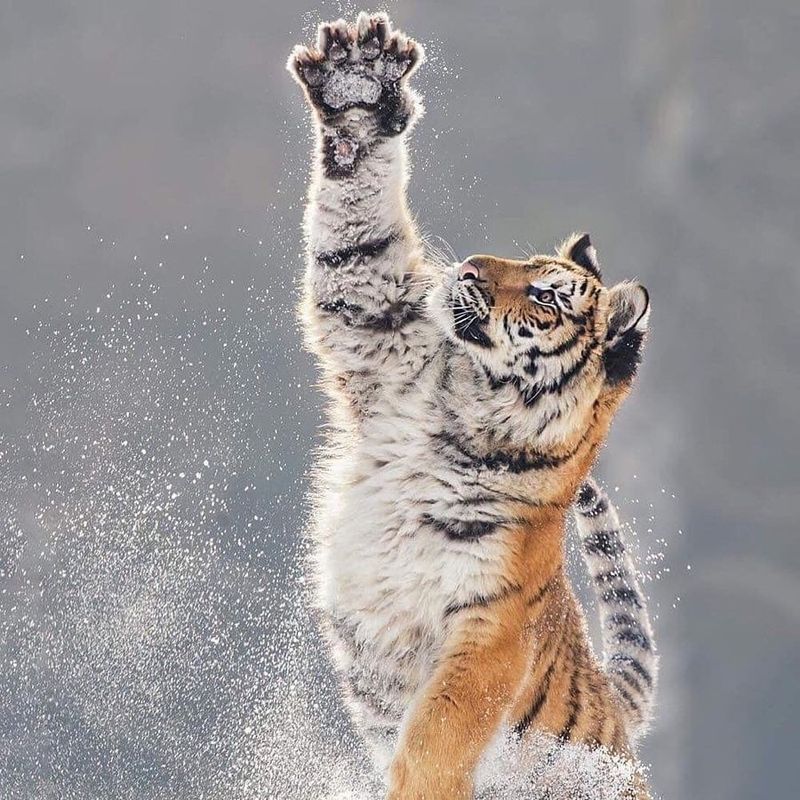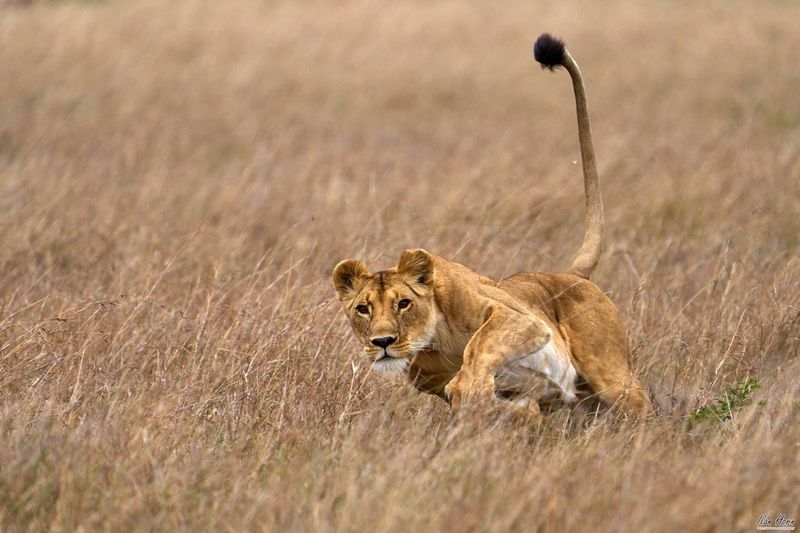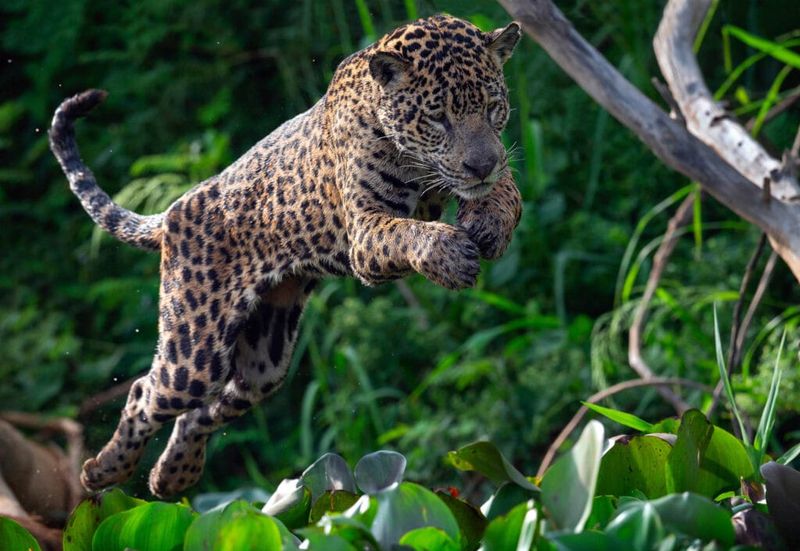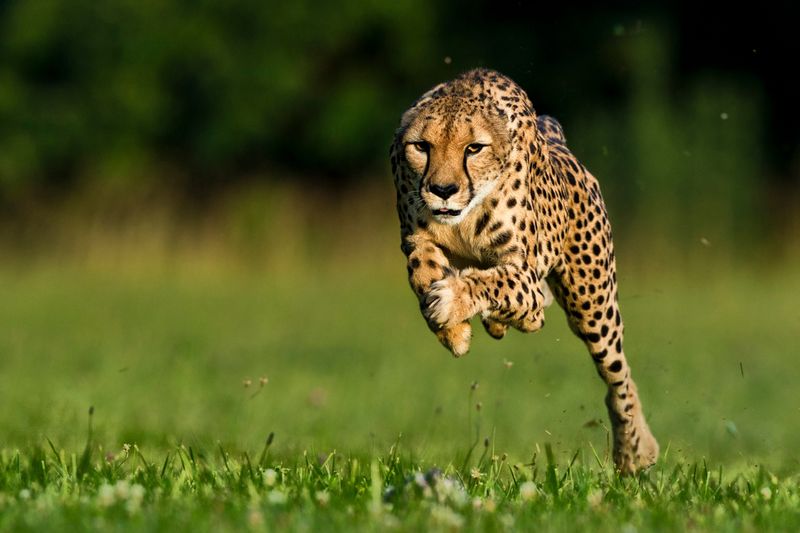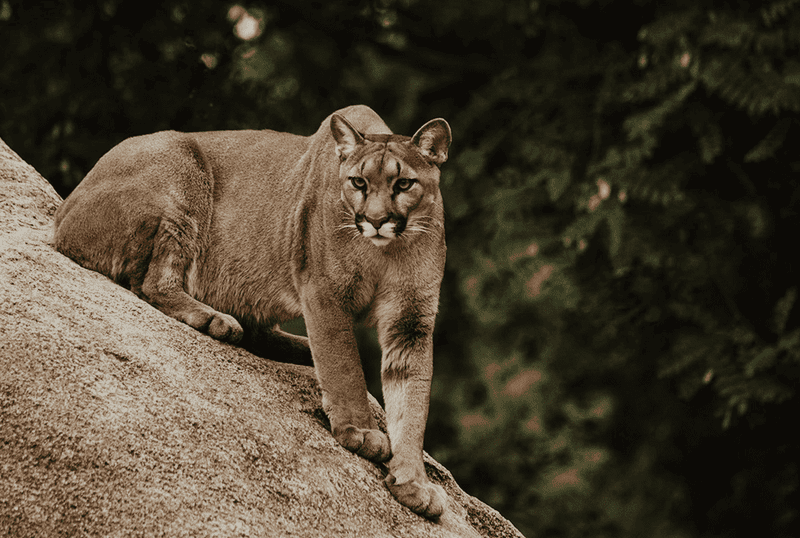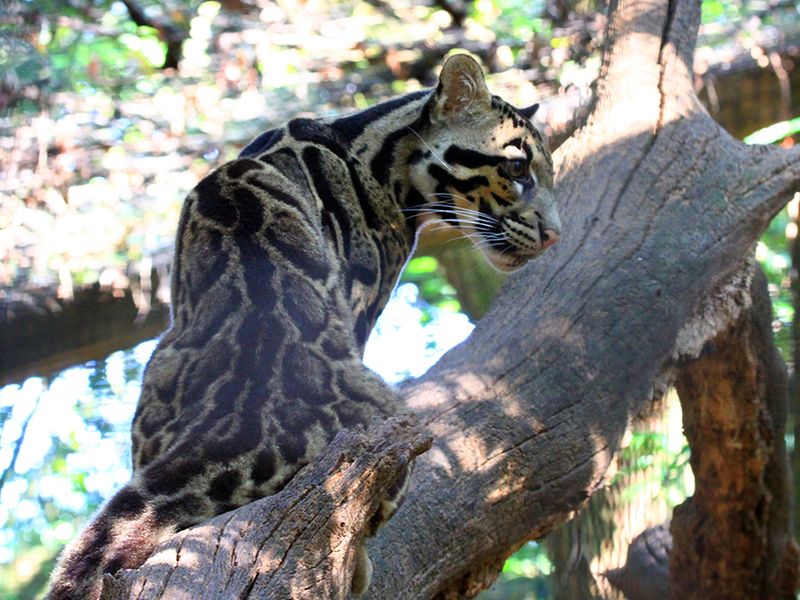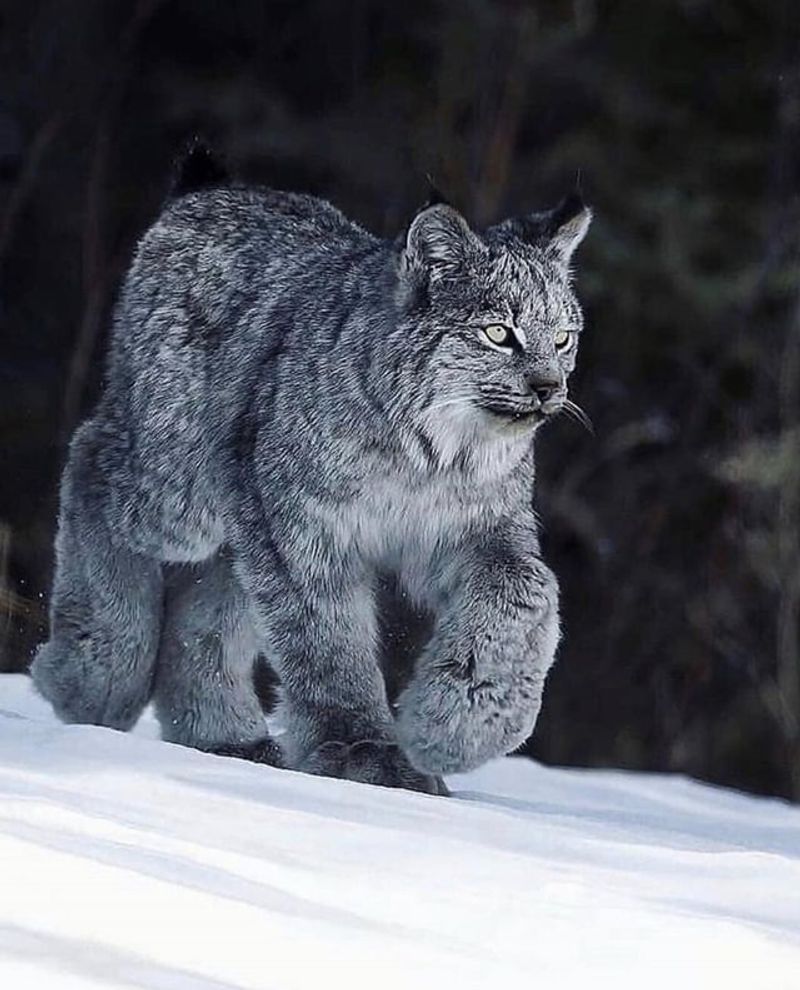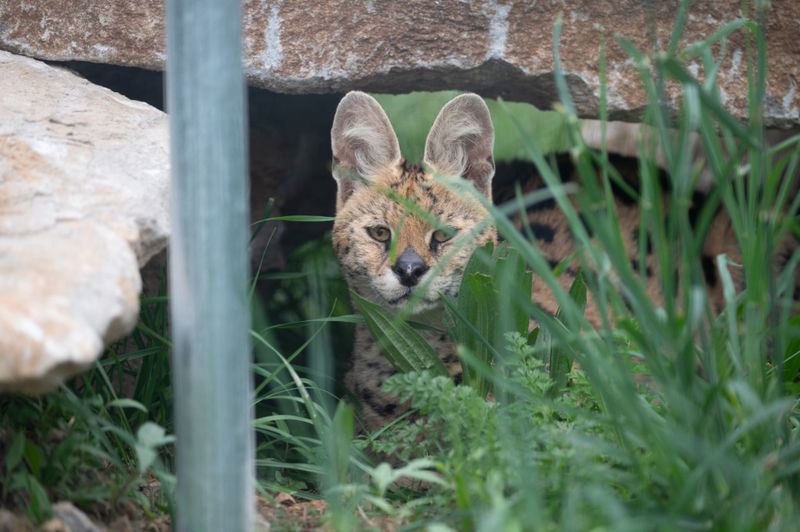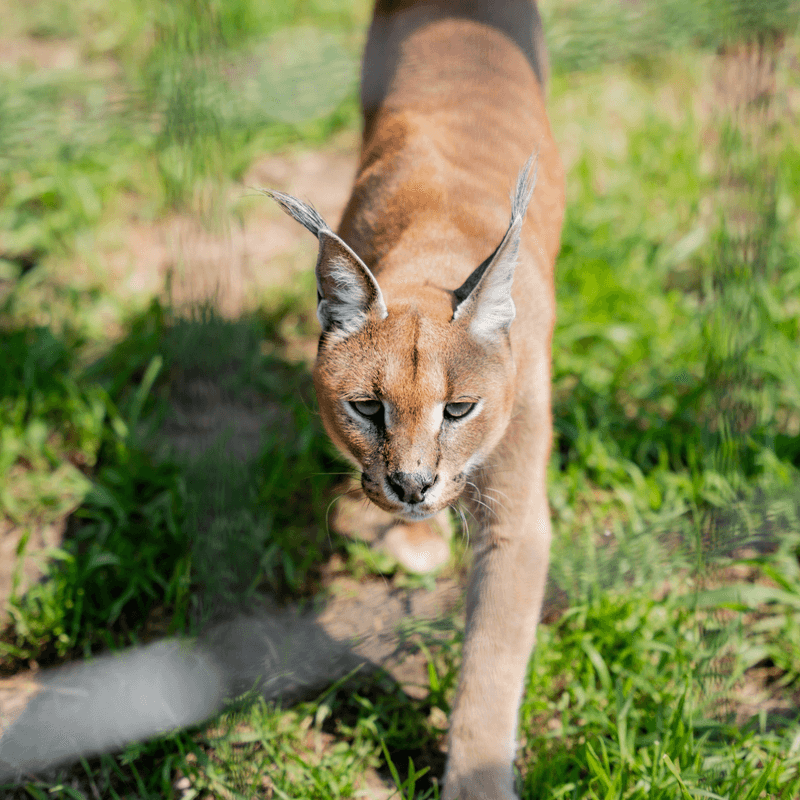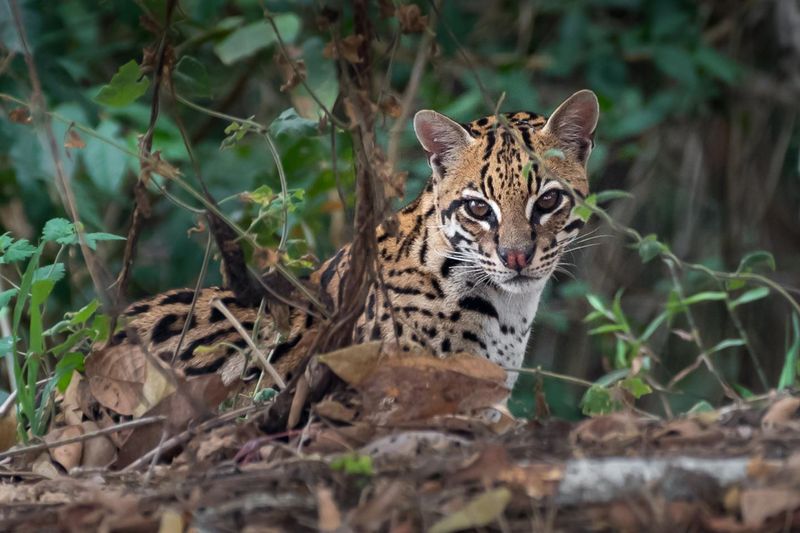📖 Table of Content:
Big cats are among the most formidable predators in the animal kingdom, known for their combination of strength and agility. Despite their large size, they possess an incredible ability to move with surprising speed and precision. Their physical prowess is key to their survival, allowing them to outmaneuver prey and navigate various environments.
These powerful felines are built for efficiency, with muscle and flexibility that enable them to make swift, calculated moves. Whether sprinting across open plains or leaping from tree to tree, their agility is unmatched. Their ability to move quickly and gracefully is not hindered by their bulk, making them even more formidable hunters.
From the sleek cheetah’s explosive speed to the stealthy leap of a jaguar, big cats show that strength and agility can coexist. Their athleticism allows them to excel in diverse habitats, from dense forests to open savannas. It’s clear that size alone doesn’t define a predator’s effectiveness; agility plays an equally crucial role.
1. Tiger
Despite weighing as much as 660 pounds, tigers can jump over 20 feet horizontally and reach heights of 16 feet vertically. This incredible agility aids them in ambushing prey and escaping potential dangers in thick, forested areas.
The largest wild cats in the world move with astonishing grace through water too. Unlike many felines, tigers are excellent swimmers who enjoy cooling off in rivers and lakes. They’ve been recorded swimming across bodies of water up to 5 miles wide!
Their powerful leg muscles allow them to accelerate quickly, reaching speeds of 35-40 mph in short bursts – all while navigating through thick jungle vegetation.
2. Lion
Lions may look like lazy loungers, spending up to 20 hours daily resting, but don’t be fooled. When hunting, these 420-pound cats transform into agility machines, reaching speeds of 50 mph in short bursts and covering distances of up to 36 feet in a single bound.
Female lions display particularly impressive coordination during group hunts. They communicate through subtle body language, executing synchronized ambushes that require perfect timing and balance.
A lion’s spine is extraordinarily flexible, allowing quick directional changes while chasing prey across the savanna. This flexibility, combined with powerful hindquarters, enables them to navigate challenging terrain with surprising nimbleness.
3. Jaguar
With the most powerful bite force relative to their size, jaguars can crush turtle shells and crocodile skulls with ease. These 200-pound predators are also adept climbers, relying on their strong limbs and sharp claws to scale vertical tree trunks with impressive agility.
Unlike many cats who avoid water, jaguars are exceptional swimmers. They navigate rivers and wetlands with fluid grace, sometimes hunting caimans directly in the water. Their short, stocky build belies their incredible balance.
A jaguar’s tail works as a counterbalance when moving through branches or making sharp turns during a chase. They can rotate their wrists and ankles more than other big cats, allowing them to climb down trees headfirst.
4. Leopard
Known for their strength, leopards often haul prey that is twice their weight up trees, preventing scavengers from stealing their meals. A 150-pound leopard can carry a 300-pound antelope up a vertical trunk using pure muscle and incredible balance.
Their long tails act as rudders and counterweights, allowing precise movements through narrow branches. Leopards often cache kills in trees, requiring them to navigate complex pathways while carrying heavy loads.
The shoulder blades of leopards aren’t attached to their collarbone, giving them exceptional flexibility for climbing and squeezing through tight spaces. This adaptation lets them ascend trees faster than any other big cat, even when weighed down by large prey.
5. Cheetah
Cheetahs are the Formula 1 cars of the cat world, accelerating from 0 to 60 mph in just three seconds. Their lightweight 125-pound frames house specialized adaptations for speed, including an enlarged heart, wide nostrils, and expanded lungs.
During full sprints, cheetahs spend more time airborne than touching the ground. Their flexible spine acts like a spring, contracting and extending with each bound to maximize stride length. Special foot pads with semi-retractable claws function like cleats for superior traction.
A cheetah’s tail works as a rudder at high speeds, allowing split-second course corrections when chasing zigzagging prey. This extraordinary balance system helps them make turns at speeds that would cause other animals to tumble.
6. Snow Leopard
With their nickname “ghost of the mountains,” snow leopards are experts at navigating treacherous mountain cliffs with flawless precision. These 90-pound felines can effortlessly leap across 50-foot chasms, landing with perfect balance on narrow, unstable ledges.
Their extraordinarily long tails measure nearly the same length as their bodies, serving as both balance aid and a warm wrap during freezing nights. The tail acts as a counterweight during gravity-defying jumps between rocks.
Snow leopards’ broad, fur-covered paws work like natural snowshoes, distributing weight evenly across soft snow. Their chest muscles have adapted for climbing steep slopes, and specialized ankle joints allow them to scramble up and down near-vertical surfaces with surprising speed.
7. Cougar
Holding the record for vertical jumps among big cats, cougars can leap an incredible 18 feet straight up from a standing position. Weighing in at 200 pounds, they rely on this impressive spring to pounce from overhead branches or scale sheer cliff faces in one powerful leap.
Their hind legs contain specialized tendons that store and release energy like coiled springs. This adaptation allows them to cover 40 feet in a horizontal leap, easily clearing highways and small rivers. Cougars maintain perfect body control during these jumps, landing with precision on small targets.
Unlike many big cats, cougars can adapt to diverse environments from mountains to swamps. Their agility helps them navigate everything from tree branches to desert canyons with equal skill.
8. Clouded Leopard
Possessing the longest canine teeth relative to skull size among modern cats, clouded leopards are designed for both strength and precision. Despite weighing only 50 pounds, they are true acrobats, capable of hanging upside down from tree branches using only their hind feet.
Their ankle joints can rotate 180 degrees, allowing them to climb down trees headfirst like squirrels. No other big cat has this remarkable ability. Clouded leopards have the shortest legs relative to body size among cats, giving them a low center of gravity that enhances stability on narrow branches.
Their extraordinarily flexible spine lets them twist their bodies completely around while climbing. This flexibility, combined with razor-sharp claws, makes them masters of the forest canopy where they hunt monkeys and birds with swift, silent movements.
9. Lynx
Lynx have evolved oversized paws that work like natural snowshoes, distributing their 40-pound weight across soft snow. These specialized feet allow them to travel on surfaces that would cause heavier animals to sink and struggle.
Their tufted ears contain sensitive hairs that detect the slightest movements of prey hiding beneath snow. Lynx can hear a mouse moving under 20 feet of snow! This extraordinary sensory ability combines with explosive pouncing power to catch prey they can’t even see.
The compact, muscular build of lynx gives them exceptional jumping ability relative to their size. They can leap 25 feet horizontally from a standing position, using their bobbed tail for balance when making quick directional changes during high-speed chases through dense forest.
10. Serval
With legs that are the longest relative to their body size of any cat, servals have a lean, lanky look that hides their incredible agility. These 40-pound cats are capable of jumping 10 feet vertically from a standing position to grab birds mid-flight.
Their oversized ears work like satellite dishes, rotating independently to pinpoint the exact location of rodents moving underground. Servals combine this hearing with a unique hunting technique called “stotting” – a high vertical leap followed by a powerful downward strike with both front paws.
The elongated neck and spine of servals allow them to change direction mid-jump with remarkable precision. They successfully catch prey on 50% of hunting attempts – the highest success rate among all cats, far exceeding lions’ 25% success rate.
11. Caracal
Astoundingly accurate, caracals can grab birds mid-flight, sometimes catching multiple in a single leap. With their 50-pound frames, these cats can shoot upwards of six feet, using their powerful paws to capture prey in a flash.
The tufted ears of caracals aren’t just for show – they enhance hearing and communicate mood to other caracals. These cats can twist their ears to pinpoint sounds with remarkable accuracy, helping them locate prey in tall grass.
Caracals possess specialized muscles in their hindquarters that store energy like compressed springs. When released, this energy propels them skyward with explosive force. Their extraordinary balance allows them to change direction mid-jump, making adjustments to intercept fast-moving prey.
12. Ocelot
Effortlessly, ocelots weave through dense rainforest understory, slipping through tangled vegetation with incredible stealth. At 35 pounds, these cats possess flexible shoulder joints that allow them to maneuver through tight spaces without disturbing their environment.
Their spotted coats create perfect camouflage, breaking up their outline as they stalk through dappled forest light. Ocelots can rotate their ankles more than most cats, helping them maintain balance on narrow branches and uneven terrain.
Unlike many cats who avoid water, ocelots are accomplished swimmers who cross rivers and hunt fish with dexterous paws. They can climb down trees headfirst by rotating their hind feet almost 180 degrees, allowing them to grip bark from multiple angles during rapid descents.
